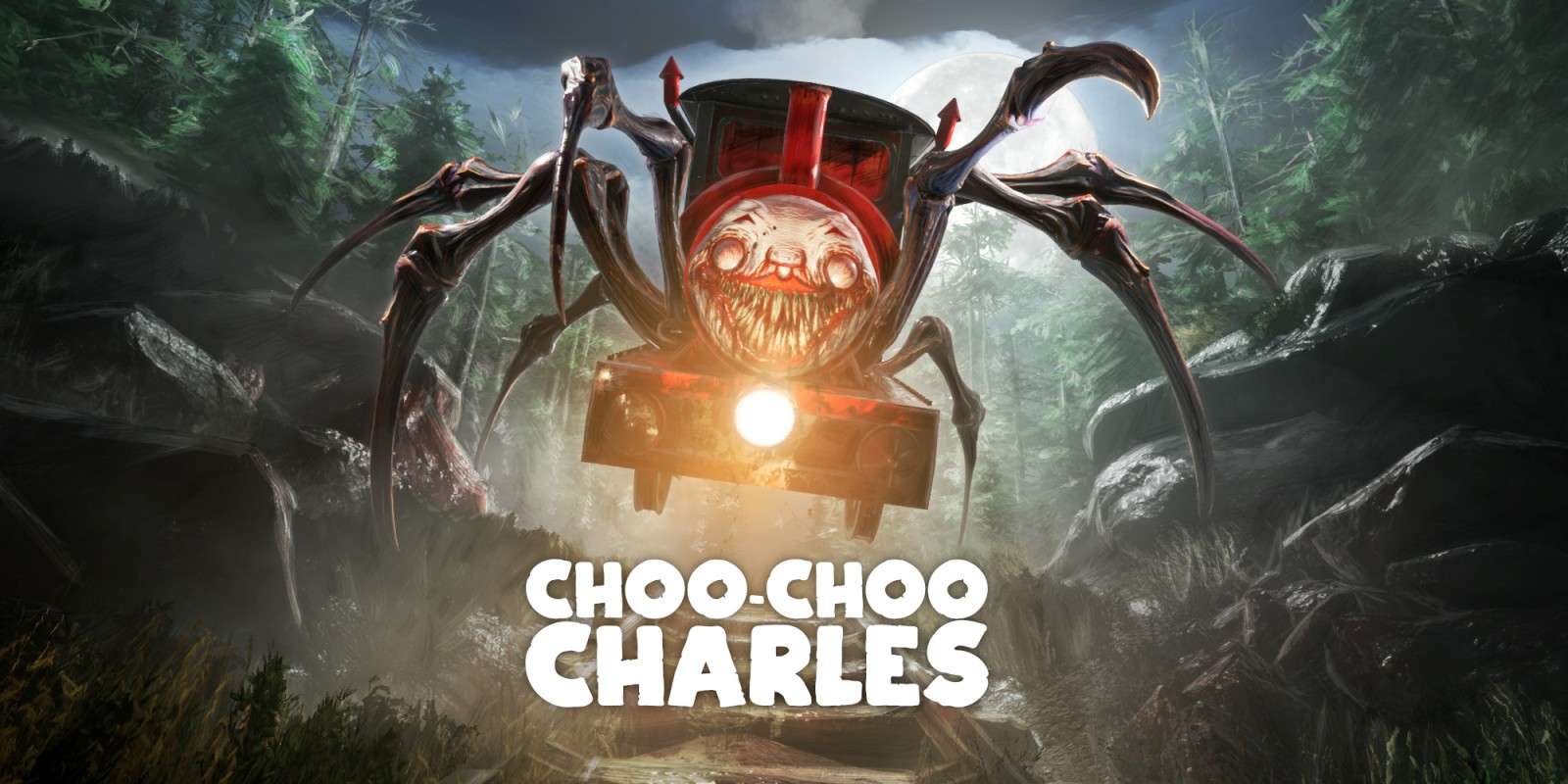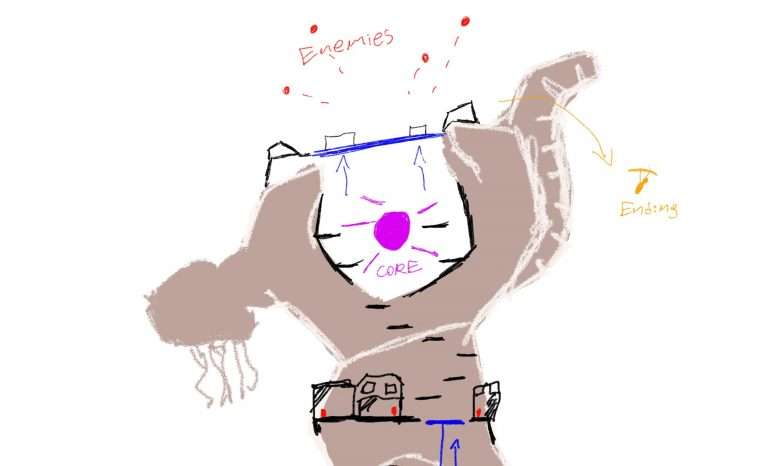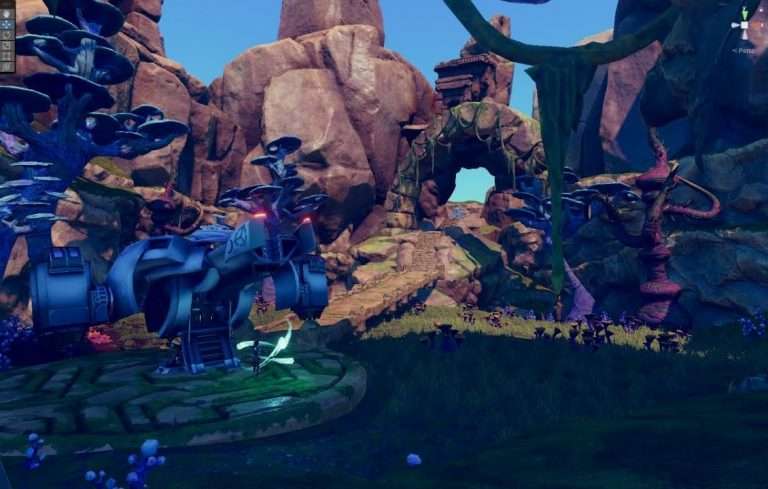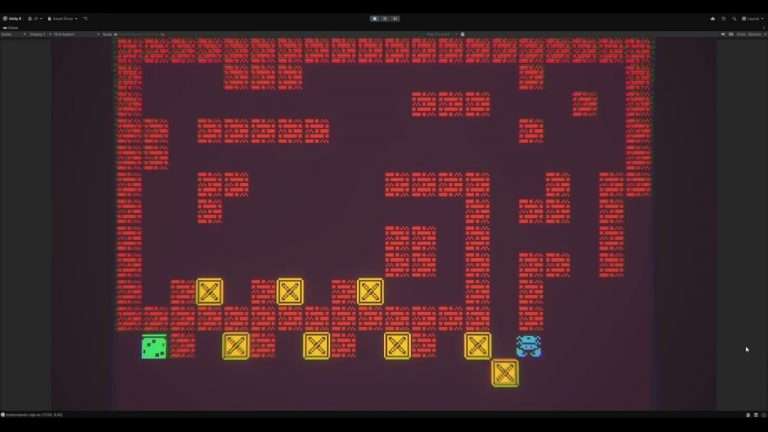1. Introduction and description of the game
1.1. Game Summary
Choo-Choo Charles is an adventure and horror game developed and published by Two Star Games, a studio composed by a single developer. Released in 2022, this indie title quickly gained attention for its fun and terrifying premise. Set on an isolated island, players must survive in a haunted landscape and face a monstrous train with spider legs called Charles, inspired by memes about a creepy version of Thomas the Train. The main objective is to repair and improve your own train, which works as a means of escape and a weapon against Charles, adding strategy and resource management to the terror experience.
1.2. Gender
Choo-Choo Charles belongs to the survival horror genre, mixing elements of adventure, strategy and action. Players navigate an open world from a first-person perspective, which intensifies immersion as they repair, recharge and face close encounters with Charles. The game, developed with Unreal Engine 4, uses a disturbing visual and sound design that closely links it with psychological horror games, incorporating unique mechanics through train elements.
1.3. Why Choo-Choo Charles
The game, being a project of a single developer, has a simple but effective user interface design, which conforms to the common conventions of the genre. However, the elements related to the mechanics of the train introduce an interesting diegetic integration that improves the immersion. This analysis seeks to identify areas of improvement, especially in diegetic integration, to create a more cohesive and immersive design.
2. Classification of user interface elements
2.1. Diegetic interface
Elements integrated into the game world, visible and interactive both for the player and for the character, such as:
- Track changes : Physical mechanism to change the direction of the train.
- Train management elements : Allows you to improve the train, change weapons or customize colors.
- Train controls : Speed indicators and steering levers.
- Aiming weapons : There is no sight in the HUD; the impact is signaled with visual effects such as blood or fire.
2.2. Meta interface
Elements presented in the HUD but related to the theme and narrative of the game, such as:
- Train Improvement Plans : An abstraction that allows players to improve their train using resources.
2.3. Spatial interface
Elements within the 3D space of the game but invisible to the character, such as:
- Interactive objects : Highlighted with a bright effect to indicate their interaction.
- Waypoints : They appear in the 3D environment to guide players towards objectives.
2.4. Non-diegetic interface
Elements completely outside the game world, accessible only to the player, such as:
- Inventory : Shows collected resources and objects.
- Map : Provides an overview of routes and points of interest.
- Inventory updates : Briefly inform about new objects or resources acquired.
3. Proposals for diegetic improvement
3.1. Train improvement system
- Problem: Currently, improvements are made through a meta menu, which reduces immersion.
- Solution: Implement a “construction mode” to improve the train by interacting directly with its parts.
- Example: Fallout 4, with its construction mode.

3.2. Indicator of interactive elements
- Problem: The glowing effect on interactive objects is not immersive or visible enough.
- Solution: Replace it with a “detective mode” or interaction animations.
- Example: Dying Light, which uses “survivor’s sense” to highlight objects.

3.3. Adjustment of waypoints within the game
- Problem: The waypoints are separated from the perspective of the character, requiring the map to be opened.
- Solution: Use a diegetic compass to guide the player.
- Example: Red Dead Redemption 2, which uses compasses and a minimalist HUD.

3.4. Damage indicators
- Problem: Health bars are predictable and break the atmosphere of terror.
- Solution: Replace the bars with visual indicators, such as damage to the train or injuries to Charles.
- Example: Monster Hunter: World, where monsters show progressive physical damage.






